Currently, customs tariffs are considered one of the key instruments of the state foreign trade policy. However, in recent decades there has been a tendency to weaken their role in the system of regulation of imports and exports. In the modern world, leaders of developed countries strive to conclude agreements with each other that provide for a reduction in customs tariffs. Despite this, many enterprises experience difficulties with the import of their products into the territory of other states. These problems are associated with the widespread adoption of non-tariff regulation measures. According to statistics, by the beginning of the 21st century. about 14% of products imported by Japan, the EU and the USA are subject to restrictions. Let us further consider the features of non-tariff measures of foreign trade regulation.
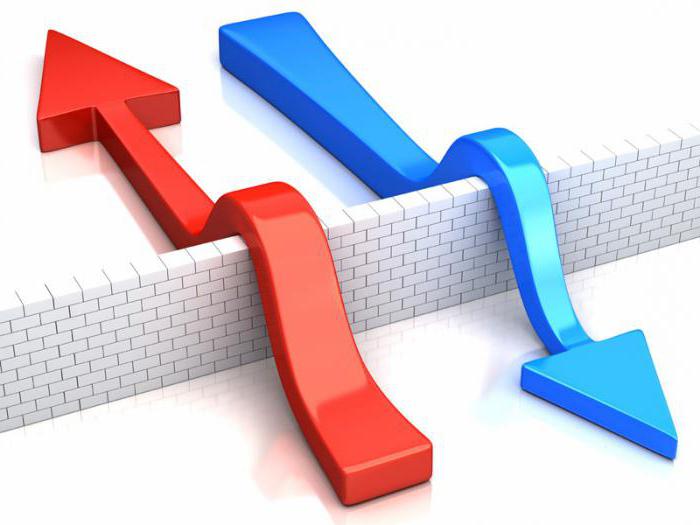
General information
Tariff and non-tariff regulation measures are used to protect domestic producers. These tools are fundamentally different. Non-tariff measures to regulate foreign trade are not as transparent as customs duties. Often they are used arbitrarily, thereby creating uncertainty in the international market. Taking this into account, the WTO sets itself the task of conducting tariffication, which implies a gradual rejection of quantitative restrictions. Instead, they plan to introduce tariffs that provide equivalent protection.
Classification
Each state, in order to support its producers, introduces uniform measures of non-tariff regulation for other countries. Specific tools are selected depending on the specific activities of a foreign enterprise. In Russia, the main non-tariff measures of foreign trade regulation are:
- Licensing.
- Quotation.
- Technical limitations
- Voluntary restriction of export of products.
- Anti-dumping measures.
Today, licensing and quotas play a special role. Consider their specifics.
Quotas
This non-tariff measure of foreign trade regulation involves the establishment of limits on the volume of imports. Limitation is carried out through seasonal, individual, global and other restrictions.
Global quotas account for 2/3 of all cases of non-tariff regulatory measures. This limitation involves the establishment of restrictions on the volume of imports in physical or value terms for a specific period. The total size of the acceptable number of deliveries is not distributed among countries.
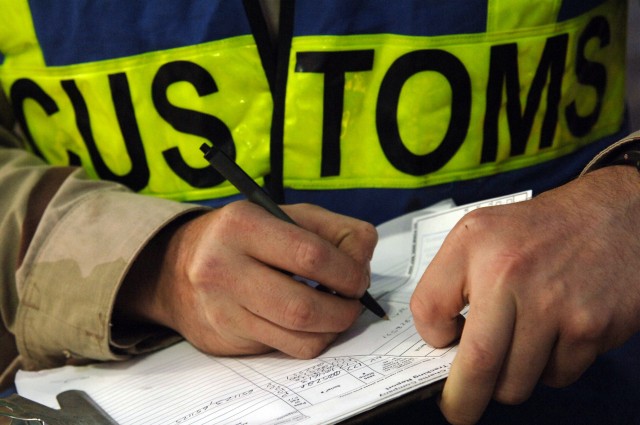
Individual quota - a measure of non-tariff regulation in relation to a particular state or product (or manufacturer). When distributing it, reciprocal obligations of countries on importing products of the relevant subject of foreign economic activity are taken into account. They are fixed in trade agreements and act as a bilateral quota based on the contract.
Seasonal limitation involves limiting the volume of imports at a particular time of the year. If the time period is not taken into account, then the restriction takes the form of an unspecified quota.
Quotation as an economic measure of non-tariff regulation is aimed at harmonizing balance of payments and foreign trade. With its help, demand and supply are managed in domestic markets, international obligations are fulfilled, and mutual benefits are achieved during intergovernmental negotiations.
Licensing
This is another very popular measure of non-tariff regulation of foreign trade.
Licensing is the procedure for the manufacturer / supplier to obtain a special permit or right to import a certain quantity of products. The license may fix the procedure for export or import of products.
In international practice, this non-tariff measure of customs regulation is considered temporary. Its application is based on strict control of commodity flows. Licensing is introduced when it is necessary to limit the unwanted flow of products.
Today, the main limitation tools are individual and general licenses. The latter is the permission of the enterprise to import certain goods from these countries without restrictions on cost and volume. The general license is permanent. In some cases, it indicates products prohibited for import.
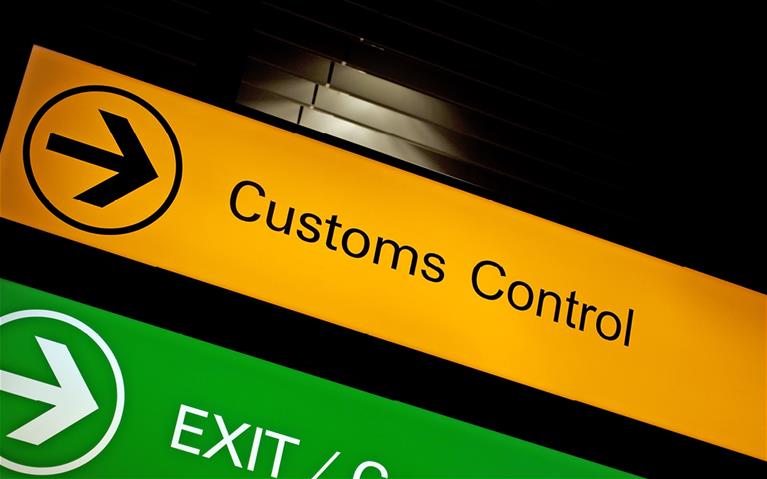
An individual license is a permit to carry out one trading operation with a specific type of product (there may be several types, but the product group is necessarily one). The document indicates information about its recipient, country of origin, value, quantity of goods. An individual license is a registered permit. It cannot be transferred to another importer. In addition, an individual license is issued for a short period (usually no more than a year).
One of the licensing components is contingenting. It represents the establishment of state, centralized control over import / export by limiting the range of products within the framework of value or quantity quotas for a specific period.
Voluntary restrictions
This measure of non-tariff regulation was widespread in the early 70's. last century. Voluntary export restriction is a quota imposed not by the importing country, but by exporting states. The latter assume the obligation to limit the supply of products to a particular country.
Today there are a fairly large number of agreements providing for voluntary restrictions on the supply of cars, textiles, household appliances, etc. Of course, far from always restrictions are imposed by exporters voluntarily. Often, decisions on non-tariff regulation measures are made under the influence of threats to apply more stringent measures or due to political pressure.
At its core, voluntary restrictions are the same quota. It is only introduced not by the importer, but by the exporter, and the consequences of its application are more negative in nature than the introduction of an import quota or tariff.

Technical barriers
The introduction of this measure of non-tariff regulation involves the establishment of special requirements for imported products to ensure public safety and environmental protection. To overcome technical barriers, subjects of foreign economic activity must comply with certain customs formalities - norms and standards, requirements for labeling, packaging of products, standards of veterinary, sanitary control.
At its core, these formalities are necessary. But they can be formulated so that they will either impede the flow of goods or will be used to infringe on the interests of individual countries.
Types of technical barriers
As measures of non-tariff regulation, prohibitions or restrictions on the import of materials and goods polluting nature may be applied. These, for example, include coal, pesticides, oil with a high level of sulfur.
Technical barriers may be imposed on industrial equipment, transport, other types of goods, the operation or use of which can lead to air pollution.
In addition, there are special requirements for product quality.They are aimed at protecting consumers from defective goods that can cause damage to health. They are established primarily in relation to household appliances, medicines, medical equipment, children's goods, food products. Many countries have sanctions for suppliers who do not fulfill the obligation to inform consumers about the risks associated with the use of imported products.
Export promotion
Domestic producer protection can be carried out not only by introducing restrictions and prohibitions on foreign enterprises. At the same time, the state can develop export promotion programs. Export subsidies are a form of encouraging export of products. They represent financial incentives by which enterprises can expand the volume of export. Export incentives allow you to sell products on foreign markets at a cost lower than that installed on the domestic market.
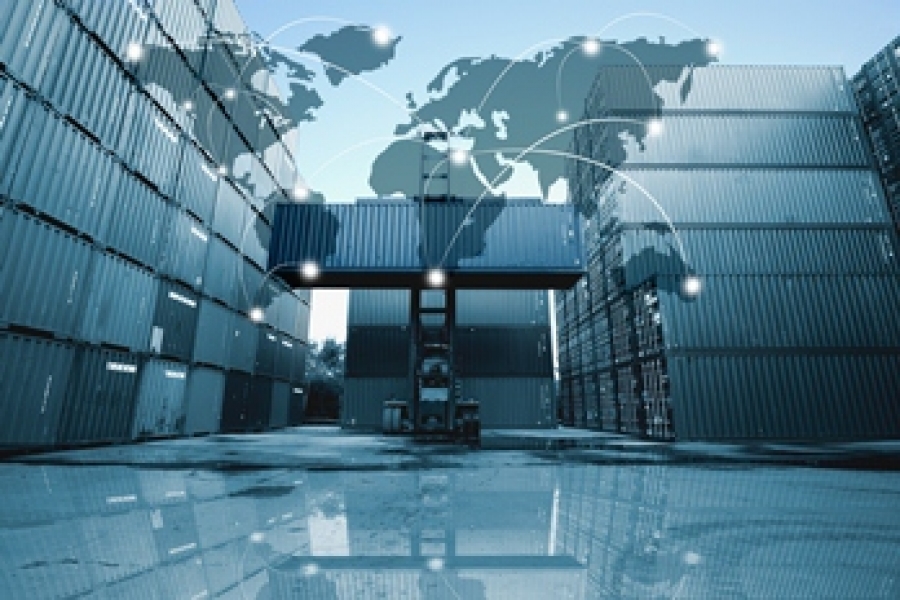
Subsidies can be direct or indirect. In the first case, payments to the manufacturer are expected upon entry into foreign markets. In the second case, preferential taxation, insurance, lending, etc. are introduced.
Specificity of industry protection for manufacturers
Even in the most economically developed countries, a strict policy of agrarian protectionism is practiced. According to statistics, in prosperous Western European countries, customs tariffs on imported agricultural goods are higher than in Russia.
At the stage of creation and during the first years of operation of the GATT - an agreement designed to ensure the liberalization of international trade - the participating states agreed that the agricultural sector would be beyond its scope. In all other cases, if there are contradictions between national interests or laws and generally accepted trade standards, the participating countries will seek a compromise.
As a result, many industries and types of products went beyond the limits of free (with certain reservations) international trade. Some of them were supported through restrictions and subsidies, but for the short time necessary for domestic enterprises to adapt to the conditions of the external market and restructure their structure. After that, open competition began in the framework of the so-called educational protectionism.
The most secure industry is agriculture. It receives large subsidies even in countries with favorable natural conditions, severely restricts imports, subsidizes exports.
Dumping
It involves the sale of products on the foreign market at a cost significantly lower than the normal price set on the domestic market.
Dumping may be determined, firstly, by the foreign economic policy of the state, which provides for subsidizing exporters. In addition, such a measure may be introduced as part of monopolistic practice. We are talking about situations where an exporter, which is a monopolist in its domestic market, maximizes revenue with inelastic demand and raises prices. At the same time, in an external market with elastic demand, the enterprise expands sales volumes and reduces the cost of production to achieve the same result. Discrimination of this kind is possible in a segmented market, when price equalization is complicated by the resale of products due to established restrictions or high transportation costs.
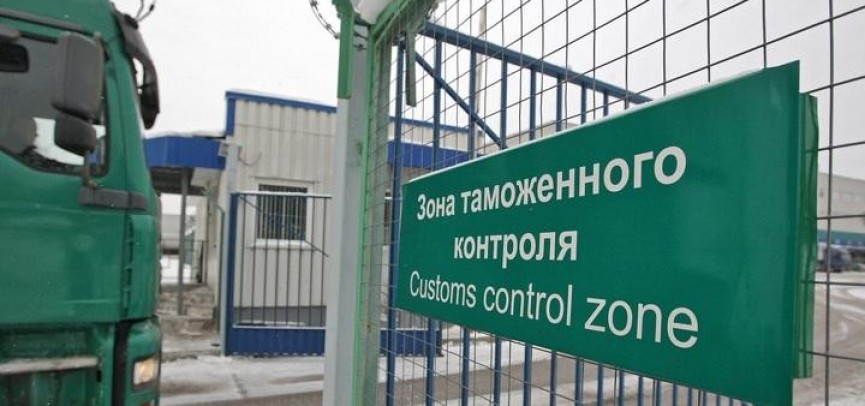
Anti-dumping measures
They involve the collection of compensation from the exporting enterprise for damage caused to national production. Compensation is made by paying an additional fee. Dumping is determined on the basis of two criteria: cost (price) damage and economic losses.
The rate of the additional fee is determined in each case individually. It is introduced manually - the collection is made after the investigation of the case and the establishment of the actual amount of economic losses.
In many countries, so-called temporary duties are introduced to warn exporters of possible severe sanctions. If the subject of foreign economic activity did not accept the warning, permanent duties are introduced against him. Their use entails serious losses up to leaving the market.
Along with anti-dumping policies, other protectionist measures may be introduced. So, for example, under certain conditions, the exporter may be forced to commit to a minimum price level (“normal cost”) or limit the supply.
Economic sanctions
The embargo acts as an extreme form of government restriction of foreign trade. It represents a ban on the import / export of a certain type of product. The imposition of the embargo is usually determined by political reasons. It is worth saying that economic sanctions can be collective. Such measures are introduced, for example, by decision of the UN.

Conclusion
Of course, each state seeks to provide adequate economic protection to its enterprises. However, protectionist policies must be adequate. Otherwise, the measures taken will not only not provide protection to manufacturers, but will also entail significant economic damage. In this regard, when choosing certain instruments, it is necessary to carefully analyze the situation on the foreign market and assess the likely risks.
